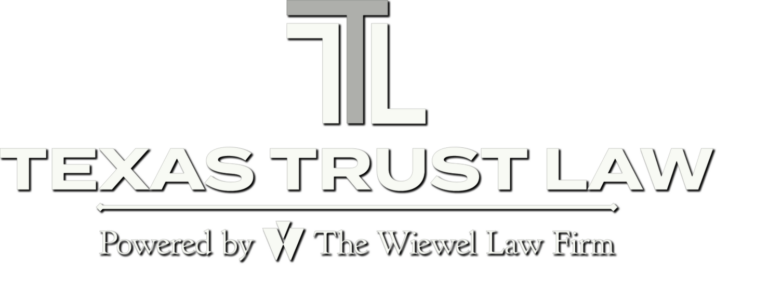
Plan Carefully before withdrawing Retirement Funds
As much as 70% of your retirement funds could evaporate after income tax, estate and state taxes, says a recent article titled “9 smart ways to withdraw retirement funds,” from Bankrate.com. While this number may sound extreme, a closer look shows how easily it could happen, even to families who are well under today’s high federal estate tax exemptions. It is wise to plan carefully before withdrawing retirement funds. Here’s how to avoid this minefield.
Watch the rules on RMDs—Required Minimum Distributions. Once you turn 72, you’re required to start taking a minimum amount from tax-deferred retirement accounts, including traditional IRAs and 401(k)s. The penalty for failing to do so is severe: a 50% excise tax. If you get the math wrong and don’t take out enough money, the penalty is just as bad. Let’s say your RMD is $20,000 but somehow you only take $5,000. The IRS will levy a $7,500 tax bill: half the $15,000 you were supposed to pay. Ouch!
When you calculate your RMD, remember it changes from year to year. The RMD is based on your age, life-expectancy and account balance, which is the fair market value of the assets in your accounts on December 31 the year before you take a distribution.
Take withdrawals from accounts in the right order. Which retirement funds should you withdraw from first? A Roth IRA will be tax free but use taxable accounts first and leave the Roths for later. Here’s why.
If a 72-year-old person takes $18,000 from a traditional IRA in the 24% tax bracket, their tax bill will be $4,320. The same withdrawal from a Roth IRA won’t create any tax liability. However, if they leave the Roth alone and earn 7% annually on the $18,000 for another ten years, it could grow to $35,409, which will also be tax free when withdrawn. It’s worth the wait.
Do you know the way to take distributions? Most Americans have had several jobs and have retirement accounts in different institutions. It may be time to consolidate assets into one IRA. This can make it much easier to calculate future withdrawals, tax liabilities and asset allocation. Plan carefully before withdrawing, you may need help from your estate planning attorney. You can’t take withdrawals from an IRA to meet RMD requirements for 403(b)s, 401(k)s or other plans. 401(k) plans may not be pooled to calculate a single RMD. Handle any consolidations with great care to avoid incurring tax penalties.
RMDs are different in some situations. If one spouse is significantly younger than the other, RMDs might be lowered. RMDs are calculated using factors like life expectancy (as determined by IRS tables). If a spouse is the sole beneficiary of an IRA, and they are at least ten years younger than you, the RMD calculation is done using a joint-life expectancy table. The amount of the RMD will be reduced according to the table.
Charitable contributions count. People aged 70½ or older are permitted to make tax free donations, known as qualified charitable distributions, of up to $100,000 to a charity as part of their RMD. This distribution does not count as income, reducing income tax to the donor. If you file a joint return, a spouse may also make a contribution up to $100,000. You can’t itemize these as a charitable deduction, but it’s a good way to minimize taxes.
Withdrawals don’t have to be cash. RMDs can be stocks or bonds, which are assigned a fair-market value on the date they are moved from the IRA to a taxable account. This may be easier and less expensive than triggering fees by selling securities in an IRA and then buying them back in a brokerage account.
Can you delay RMDs if you’re still working? If you’re still working at age 72 and continuing to fund a 401(k) or 403(b), you can delay taking RMDs, as long as you don’t own more than 5% of a company and your retirement plan permits this. Check with the 401(k) custodian or human resources to be sure this is allowable to avoid expensive penalties.
Smart money management is just as important in taking money from your retirement accounts as it is in building those accounts. Plan carefully before withdrawing retirement funds. Make informed decisions to maximize your savings and minimize taxes.
If you would like to read more about retirement accounts and estate planning, please check out our previous posts.
Reference: Bankrate.com (Aug. 31, 2021) “9 smart ways to withdraw retirement funds”









